The impending ban on the sale of new petrol and diesel cars has raised questions about whether alternative fuel solutions also have a role to play in reducing transport emissions alongside electrification.
Some car manufacturers and governments are working to produce alternative means of fueling a car.
This includes hydrogen-powered vehicles, but other firms are pushing two main forms of fuel: e-fuels and biofuels, both types of synthetic fuel.
So what exactly are e-fuels and biofuels, how are they made and could they enter mainstream production?
We've collated all we know about these alternative fuels and put together a comprehensive guide about this technology, so read on for more.
What are e-fuels?
The name ‘e-fuel’ is short for ‘electrofuel’.
E-fuels are a type of synthetic fuel that can be used in internal combustion engines in the same way as normal petrol or diesel.
They're produced using ‘green’ hydrogen and carbon, often sourced from waste biomass or CO2 captured from the atmosphere.
How are e-fuels produced?
E-fuels are made by separating hydrogen and oxygen from water using electricity. The next step in the process involves capturing CO2 from the air and then combining that with hydrogen using chemical synthesis.
E-fuels are carbon-neutral, because they use the same amount of CO2 emissions as they emit. For this reason, they’re considered by some car brands, such as Porsche, as a potential alternative to electric cars.
An e-fuel’s removal of atmospheric CO2, either through photosynthesis when growing the biomass or by carbon capture, is argued to offset the emissions produced when the fuel is burnt in an engine.
Are e-fuels clean?
Whether e-fuels are as environmentally friendly as they seem continues to divide opinion.
Despite arguably being cleaner to produce, e-fuels still emit gases that are harmful to the environment, similar to petrol and diesel.
According to the non-profit organisation Transport & Environment (T&E), recent testing of e-fuels has shown that synthetic fuel emits a similar volume of NOx gases as a car running on regular E10 petrol while also producing far more ammonia and CO.
There's also the argument that e-fuels aren't all that efficient in use. According to Enerdata, vehicles using e-fuels have an energy efficiency measuring 4-5 times lower than battery electric cars.
Pros of e-fuels
There are a few positives to e-fuels.
Some argue that e-fuels are a cleaner source of energy compared with petrol and diesel, due to the methods that can be used to produce them. Electricity required to produce e-fuels can be generated using solar and wind power.
E-fuels are capable of powering modern cars without the need for modifications. They can also be used in heavy goods vehicles and vans.

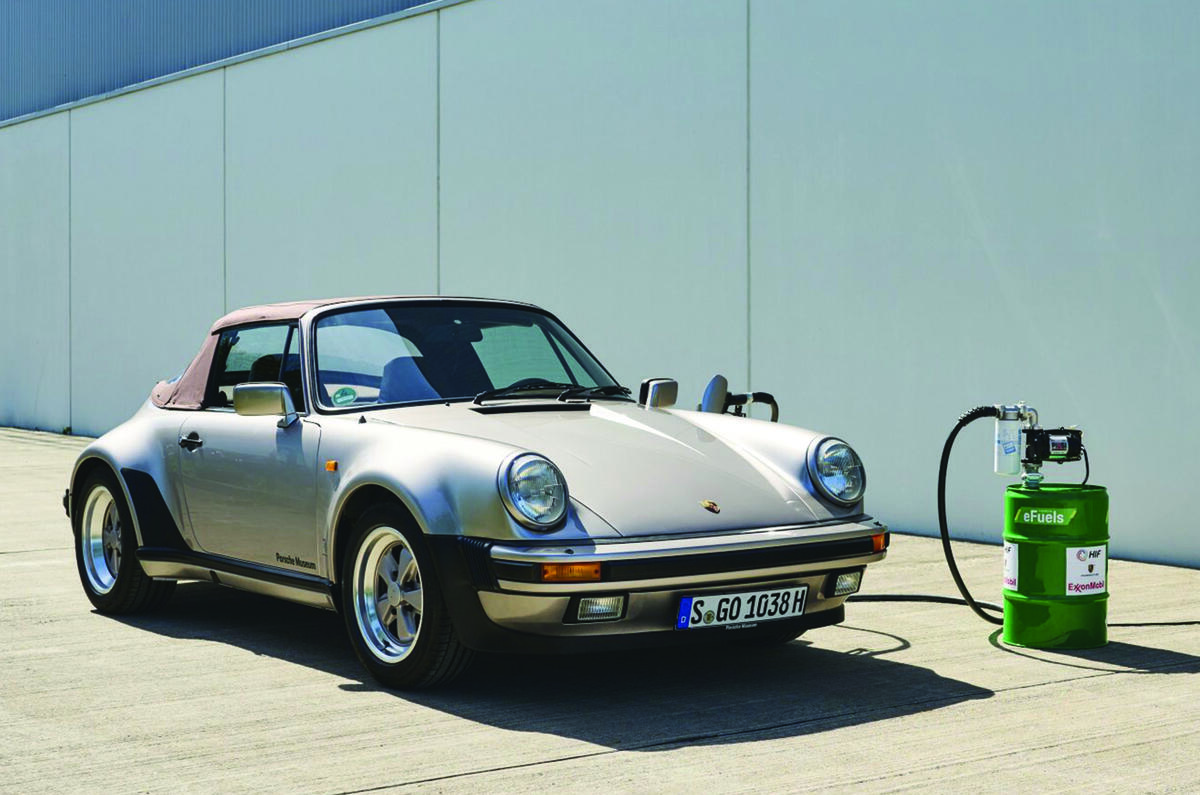

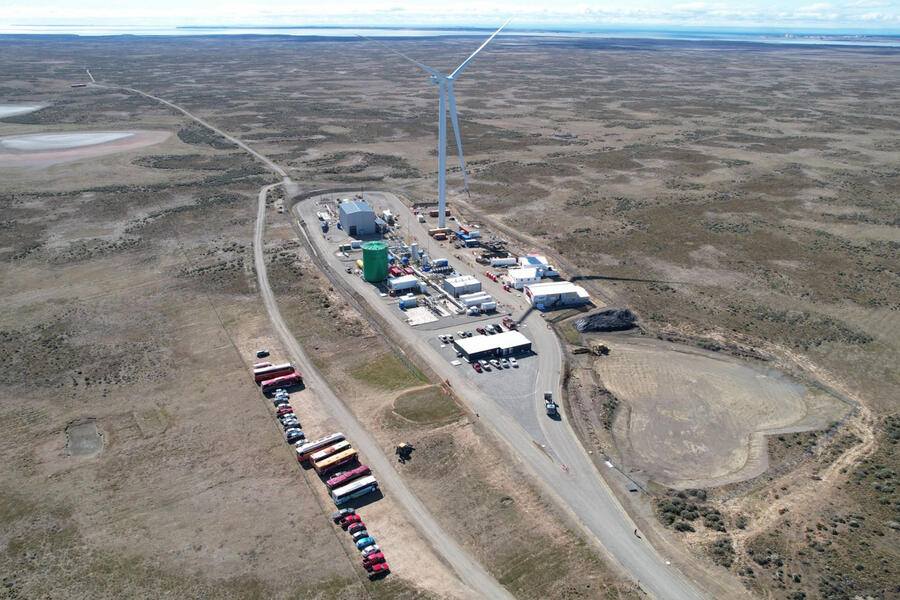
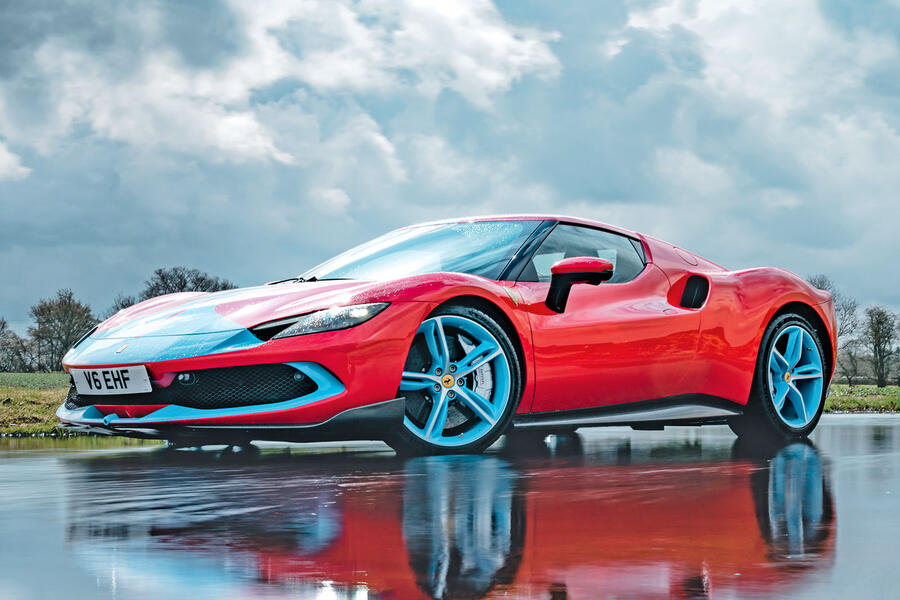
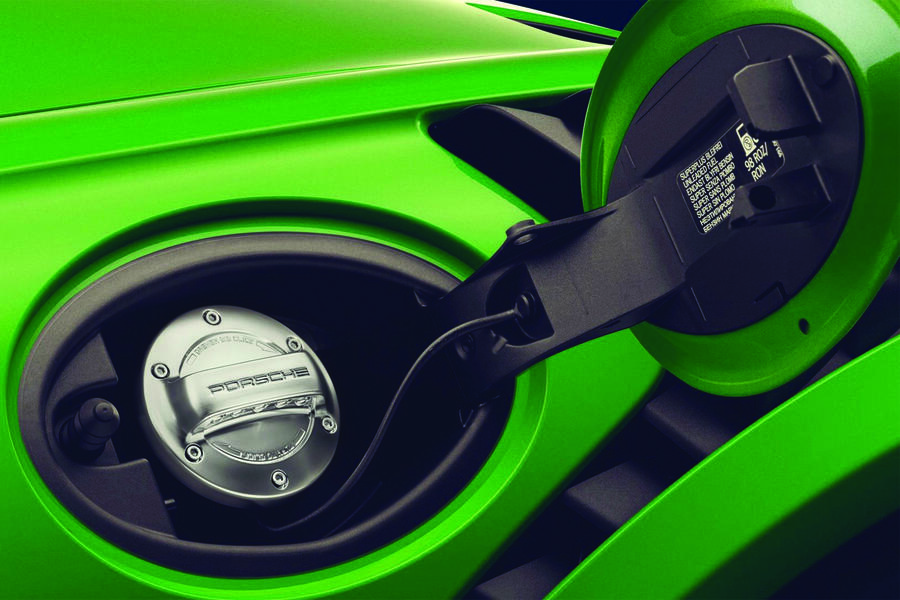
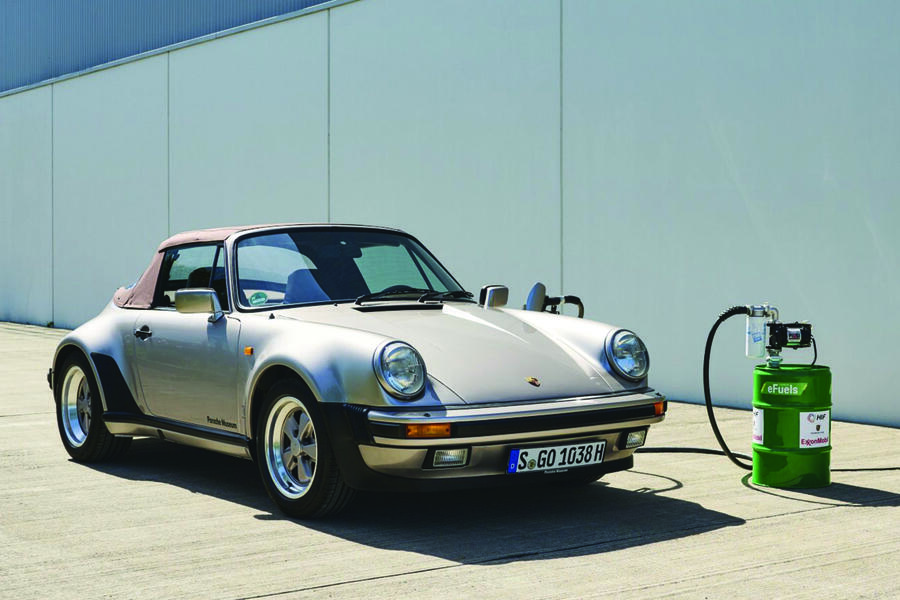

Join the debate
Add your comment
The way you presented complex information so simply is remarkable. merge fellas